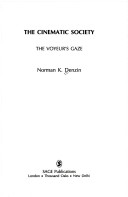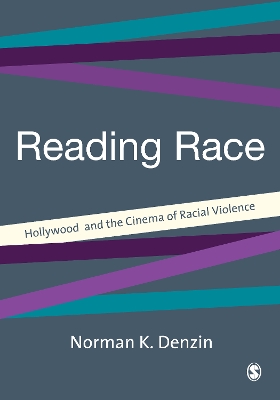Published in Association with Theory, Culture & Society
1 primary work • 3 total works
Book 11
The cinema not only turns its audience into voyeurs, eagerly following the lives of its screen characters, but casts its key players as onlookers, spying on other′s lives. The nature of the cinematic voyeur is examined in depth, as are its implications for contemporary society. Norman K Denzin analyzes Hollywood′s manipulations of gender, race and class, and, drawing on the work of Foucault, argues that the cinematic gaze must be understood as part of the machinery of surveillance and power which regulates social behaviour in the late twentieth century.
Norman K Denzin argues that the cinema, like society, treats all persons as equal but struggles to define and implement diversity, pluralism and multiculturalism. He goes on to argue that the cinema needs to honour racial and ethnic differences, in defining race in terms of both an opposition to, and acceptance of, the media′s interpretations and representations of the American racial order.
Acute, richly illustrated and timely, the book deepens our understanding of the politics of race and the symbolic complexity of segregation and discrimination.


